Do you love taking pictures, but struggle to get that perfect shot? Our very own Photographer; Donagh Glavin offers some top creative photography tips!
Over to Donagh : –
Here are a few tips and pointers in relation to getting good photos of your creations and products.
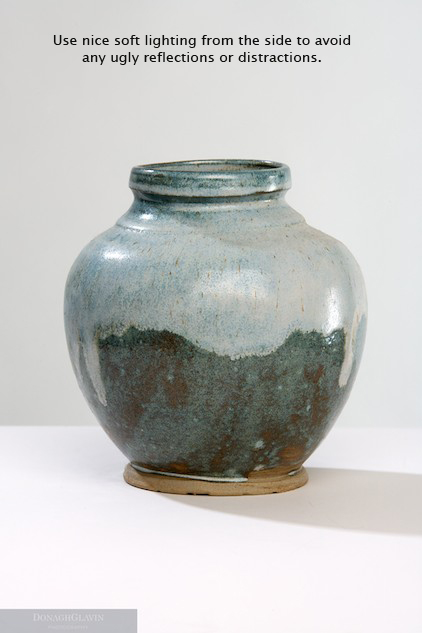
Use a white card or white sheet, or at least a plain background to help your product stand out.
Make sure that you don’t get distracting reflections in your product shot. Bounced and diffused light make for the best product shots, when done correctly. The reflection of you or your camera in a glass or reflective product you’re trying to sell takes away from the aesthetic appeal.
Add extra items, to make it more aesthetically attractive. For example, if you’re selling a fruit bowl, but one or two pieces of fruit in the photo as well.
It can help to use aluminum foil on the table as a reflector, to help fill in the small shadow details.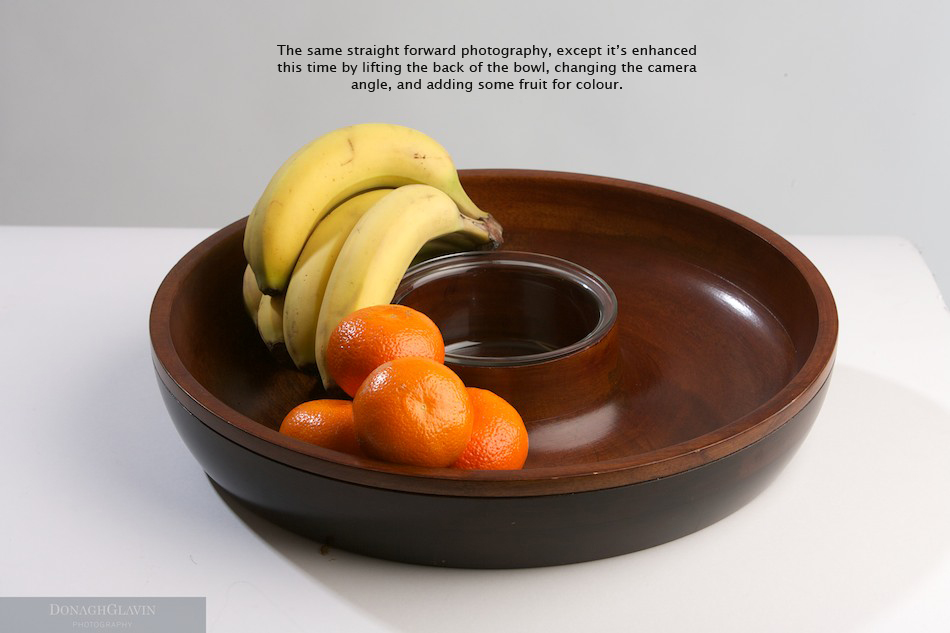
Because of its strength, sticky adhesive is great for holding items down and in place, you could also use blutak or double sided tape.
Try to give your item room on the sides when shooting, so that you can crop to the exact framing that you want in post-production.
Cameras tend to underexpose images when capturing subjects with white or very light backgrounds. The easiest way to prevent dark, underexposed images is to use exposure compensation.
Most digital cameras have fairly easy-to-access exposure compensation controls (labelled as “EV” for Exposure Value). If your images are too dark, try adjusting the exposure compensation. A setting of +1 is a good place to start. If you end up setting the EV too high, the image will appear “washed out”.
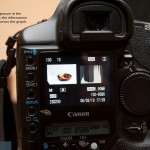 Look at your histograms on your camera to ensure that you capture a properly-balanced exposure.Simply go back step or two until the exposure looks right.
Look at your histograms on your camera to ensure that you capture a properly-balanced exposure.Simply go back step or two until the exposure looks right.
In order to ensure your images are sharp, make sure you know how to focus your camera. Digital cameras with auto focus are often difficult to focus precisely, especially when shooting small objects. Read your owner’s manual and be sure you understand how your camera’s auto focus operates. Most digital cameras are designed to easily focus on large objects but have difficulty on small subjects. It is often useful to put your camera in spot focus mode. Spot focus will give you more control over what part of a scene the camera is actually focusing on.
Use a trip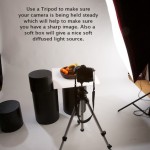 od, even the slightest movement while taking a picture will cause motion blur. The closer you get to an object the more obvious the motion blur becomes. Even an inexpensive tripod will make a big difference in the sharpness of your images. For really sharp images it makes sense to invest in a good, sturdy tripod. If your camera has a remote shutter release then use it, if not then use the camera’s built-in timer to minimize camera shake. It is always best to shoot with a tripod. It helps to assure that you capture sharper photos. Sharpness and accurate focusing really count.
od, even the slightest movement while taking a picture will cause motion blur. The closer you get to an object the more obvious the motion blur becomes. Even an inexpensive tripod will make a big difference in the sharpness of your images. For really sharp images it makes sense to invest in a good, sturdy tripod. If your camera has a remote shutter release then use it, if not then use the camera’s built-in timer to minimize camera shake. It is always best to shoot with a tripod. It helps to assure that you capture sharper photos. Sharpness and accurate focusing really count.
Use soft lighting. Your camera’s built-in flash will rarely give good results for product photography. For soft lighting either shoot outside on an overcast day or use a light tent or use a soft box. Use image editing software. Even inexpensive software like Photoshop Elements™ can make your product photography much easier. It may seem like it’s faster to use an image exactly as it was shot. But in reality, it is difficult to shoot an image precisely how you would like it to appear in it’s final form. Image editing software allows you to crop an image, adjust its exposure, sharpen the image and then resize it, often in less than 60 seconds.
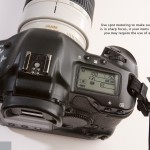 The biggest difference between an amateur’s product snapshot and a professional’s product image are sharpness and lighting. A minute spent editing an image will improve it further.
The biggest difference between an amateur’s product snapshot and a professional’s product image are sharpness and lighting. A minute spent editing an image will improve it further.
If in doubt let a professional do it. A professional shoot with a selection of pack shots should cost in the region of €150 + vat. And upwards depending on the complexity, styling and setting of your product photography.
Any photography tips of your own to add?

